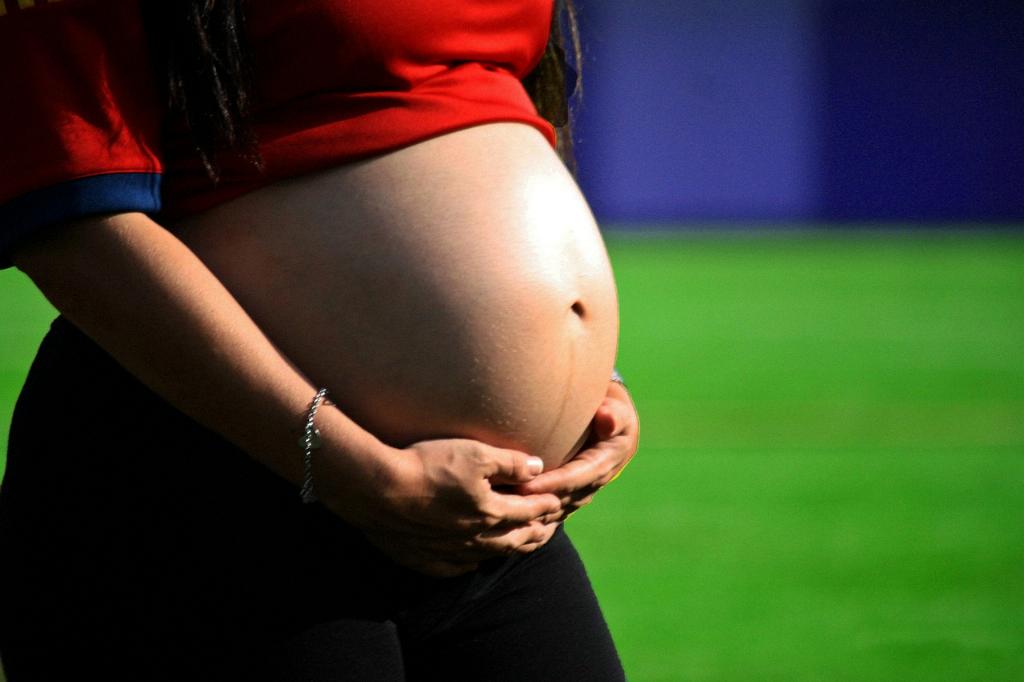When you take a pregnancy test and see two distinct colored lines, indicating one control line and one test line, that is a positive result. It’s definitely an exciting moment to see those lines appear! The presence of both lines signifies the presence of hCG (human chorionic gonadotropin) hormone in your urine, which is a hormone produced during pregnancy.
In the early stages of pregnancy when hCG levels are still low, the test line on the pregnancy test may appear faint. This can be due to the concentration of hCG in your urine at that particular time. If you get a faint positive result, it is advisable to retest with your first-morning urine after 48 hours to confirm the positive outcome.
One important thing to note is that any visible second line, no matter how faint, should be considered a positive result. The intensity of the test line does not necessarily indicate the stage of pregnancy or the strength of the positive result. As long as there is a clear second line next to the control line, it signifies a positive pregnancy test.
It’s essential to carefully read the instructions provided with the pregnancy test kit to understand their specific guidelines for interpreting the results. Some tests may have variations in the appearance of positive results, such as a plus sign, a smiley face, or other symbols along with the lines.
When interpreting the results of a pregnancy test, it’s crucial to observe the time frame specified in the instructions. Waiting too long to read the results or checking them before the recommended time can lead to inaccurate interpretations of the test lines.
If you are unsure about the interpretation of your pregnancy test results, many pregnancy test brands offer customer support or have online resources to help you understand the outcomes. It’s always a good idea to reach out for clarification if you have any doubts or questions regarding the test results.
Remember that pregnancy tests are designed to detect the presence of hCG hormone in urine, which typically increases as the pregnancy progresses. If you receive a positive result on a pregnancy test, it is advisable to follow up with a healthcare provider for confirmation and further guidance on prenatal care.
Some factors, such as medications containing hCG, fertility treatments, or certain medical conditions, can potentially interfere with the accuracy of a pregnancy test. If you have concerns about potential false-positive or false-negative results, discussing them with a healthcare professional is recommended.
It’s important to note that home pregnancy tests are highly accurate when used correctly following the instructions provided. However, no test is perfect, and there can be instances of false results. If you have doubts about the accuracy of your test results, consulting with a healthcare provider for additional testing can provide clarity.
Overall, understanding what a positive pregnancy test looks like involves recognizing the presence of two distinct lines on the test, regardless of their intensity. Always refer to the guidelines included with the pregnancy test kit for proper interpretation and follow-up steps after receiving a positive result.
Finally, when interpreting the results of a pregnancy test, it’s essential to approach the situation with patience, care, and a willingness to seek further guidance if needed. The confirmation of a positive pregnancy test can be a significant moment, and ensuring accurate interpretation is key to proceeding with appropriate prenatal care.

